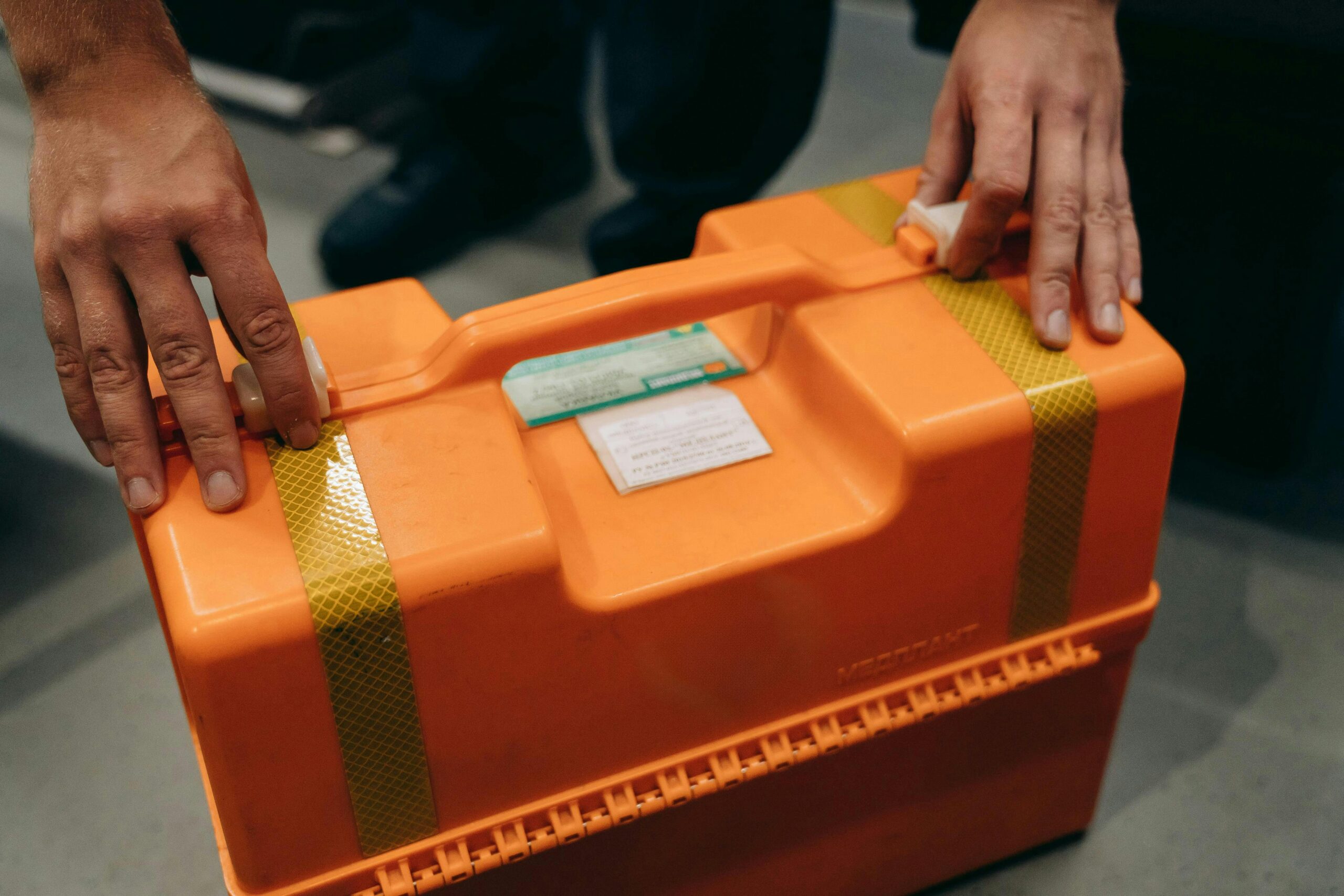Being prepared for emergencies isn’t about living in fear—it’s about living with confidence. Natural disasters, power outages, and unexpected emergencies can happen anywhere, anytime, leaving families vulnerable if they haven’t planned ahead. Creating a comprehensive home emergency kit checklist ensures that you and your loved ones have essential supplies during critical situations. This article outlines the vital components every household should include in their disaster preparedness kit, from basic survival necessities to specialized items that make challenging situations more manageable.
Water: Your Most Critical Resource
When assembling a disaster preparedness kit for your home, water should be your top priority. The standard recommendation is to store one gallon per person per day, with a minimum three-day supply. For a family of four, that means 12 gallons as a starting point. Consider storing water in various container sizes—some large for household use and some portable in case evacuation becomes necessary. Commercially bottled water is ideal, but if you bottle your own, be sure to use food-grade containers and replace your supply every six months. Remember that extreme temperatures can degrade plastic containers over time, so store water in a cool, dark place when possible. Water purification tablets or a quality filtration system can supplement your stored supply and should be considered essential components of any complete emergency kit.
Non-Perishable Food Supply
The food component of your hurricane kit contents should focus on nutrition, shelf-stability, and minimal preparation requirements. Aim for a minimum three-day food supply, though a two-week supply offers better security. Select items that require no refrigeration, minimal water, and little to no cooking. Canned meats, fruits, and vegetables, protein bars, peanut butter, dried fruit, nuts, and crackers are excellent options. Don’t forget infant formula if applicable, and include comfort foods that can help maintain morale during stressful situations. Manual can openers are critical—your electric opener won’t help during power outages. Date all food items when you add them to your kit and establish a rotation system to maintain freshness. As experts at AskHomey recommend, check your emergency food supplies quarterly to replace items approaching expiration.
Comprehensive First Aid Supplies
Your emergency first aid kit should go beyond basic bandages. Include adhesive bandages in various sizes, sterile gauze pads, hypoallergenic tape, antiseptic wipes, antibiotic ointment, burn cream, pain relievers, anti-diarrheal medication, antacids, and any personal prescriptions (rotated regularly to maintain effectiveness). Scissors, tweezers, disposable gloves, a digital thermometer, and a first aid instruction booklet complete the basics. Consider adding an emergency blanket, instant cold compresses, and a CPR mask. If family members have specific medical needs, add appropriate supplies and a list of current medications, dosages, and allergies. Keep these supplies in a waterproof container clearly labeled as first aid equipment, and ensure everyone in the household knows its location.
Essential Tools and Power Outage Supplies
Power outage supplies form a critical component of any emergency kit. Start with lighting: flashlights (at least one per person), headlamps (which free up hands for tasks), and long-lasting LED lanterns. Stock plenty of extra batteries in appropriate sizes, stored separately to prevent corrosion. Battery-powered or hand-crank radios provide critical emergency information when other communication systems fail. Many emergency radios now include USB ports for charging mobile devices. Multi-tools, duct tape, work gloves, dust masks, plastic sheeting, and basic tools like screwdrivers and pliers help address immediate repair needs. Don’t overlook emergency power banks for devices, especially if they contain important documents or emergency contact information. For extended outages, consider investing in a generator—but remember to operate it safely outside, away from windows and doors.
Documents and Communication Plan
Beyond physical supplies, proper emergency preparation includes document protection and communication planning. Store copies of important documents—identification, insurance policies, property deeds, medical information—in waterproof, portable containers. Include emergency contact information, local evacuation routes, and meeting locations. A prepaid phone card and some cash in small denominations can be invaluable when electronic systems fail. Create a family communication plan detailing how to reconnect if separated during an emergency. Designate an out-of-area contact person who can serve as a central point of communication. Practice your emergency plan regularly so everyone, including children, understands what to do when normal routines are disrupted.
Specialized Items for Regional Threats
While the core components of a disaster preparedness kit remain consistent, consider adding region-specific items based on likely threats. In hurricane-prone areas, hurricane kit contents should include tarps, rope, and materials to secure or reinforce windows. Earthquake zones benefit from tools to shut off utilities and heavy work gloves for clearing debris. For areas prone to winter storms, add extra blankets, warm clothing, and chemical heat packs. Wildfire risk areas should include respirator masks rated for smoke protection. Research the most common emergencies in your region and adapt your kit accordingly.
For more tips and to connect with reliable home service professionals, follow AskHomey on Facebook and Instagram.



